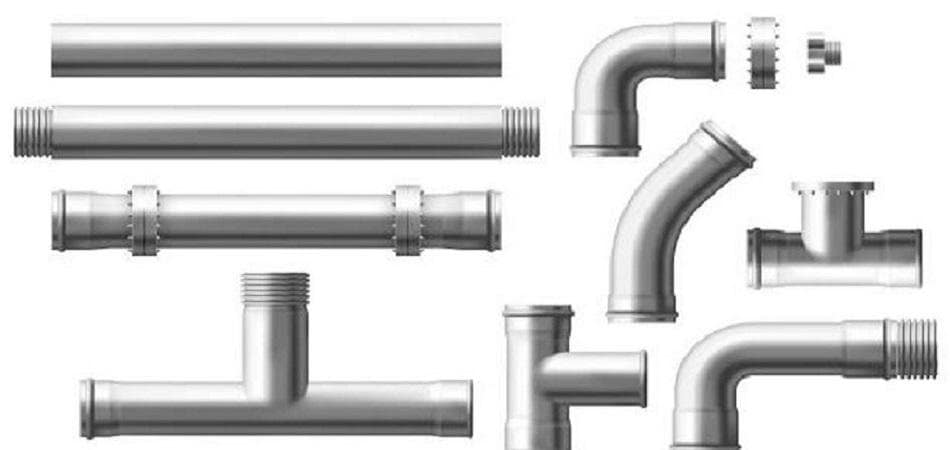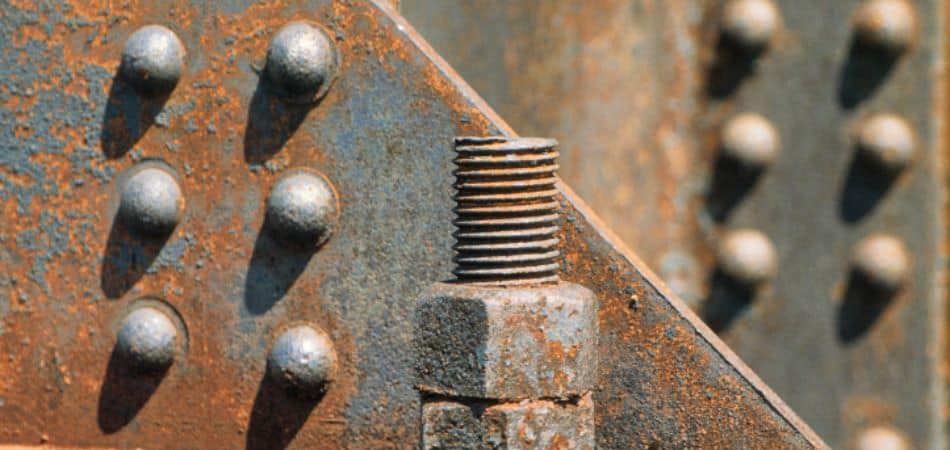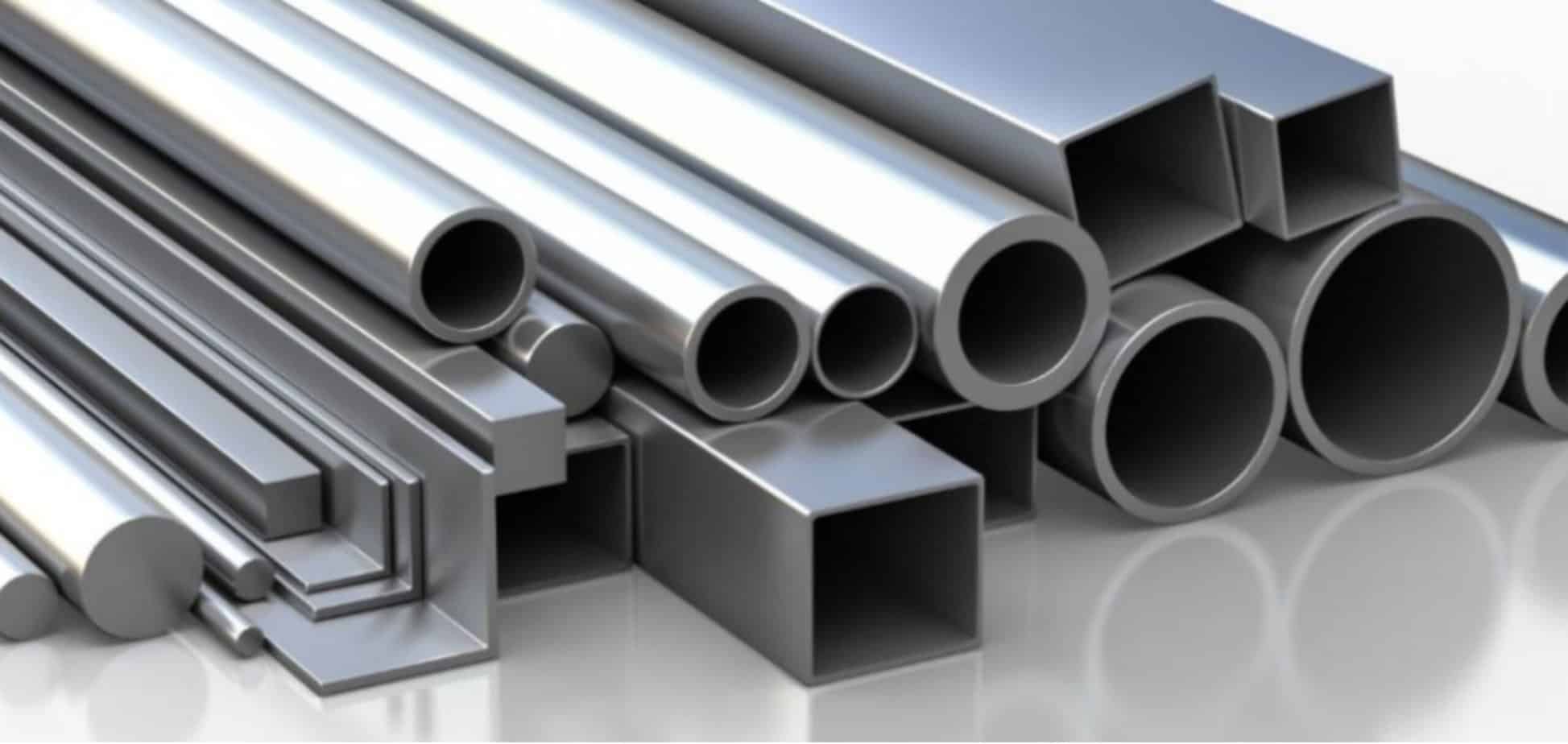Stainless steel is quite one of the most favored materials for assembling. The reason for this is the series of benefits the world has got. The vast majority sell hardened steel items due to their toughness and lifespan. In plumbing, stainless steel items are the go-to choices for first-class material.
Attributes of Stainless Steel Products
Stainless steel is an ordinary material for some qualities, like light of its solidarity, destructive safe properties, flexibility, and cost viability. In many things, interest in this material is high.
Particularly in development-related items, stainless steel products are pretty famous. Manufacturers of stainless steel pipe fittings have a specific preference for this material.
We need to realize that there are various misinterpretations about Stainless Steel Items. These are vital to address since they lead to unfortunate training in the commercial center.
Let us talk about the three significant misinterpretations of stainless steel fitting products.
- All Stainless Steel Fittings are something similar
- Stainless steel does not tarnish or rust
- Stainless Steel is Non-Recyclable
1. All Stainless Steel Fittings are Somehow Similar
The most well-known confusion is that they are indistinguishable. Nonetheless, this is a long way from reality. Tempered steel pipes are accessible in grades 304, 316, 321. and 201 and 430. These grades refer to the different chemical compositions of stainless steel pipes.
Each grade has interesting properties. And these qualities make it appropriate for explicit applications. The wholesale plumbing distributors make sure to produce all grades of stainless steel as they all have high demand and requirements.

For instance, hardened steel 316 is utilized in marine conditions. This is because of its high erosion obstruction. In high-temperature applications, the consumers use 321 stainless steel pipes.
This way, picking the correct pipe grade for your application is vital. The ideal execution and sturdiness depend on the knowledge you have. The next point to focus on is fitting thickness. The different thicknesses will convey different tension evaluations.
The thicker the fitting, the more prominent the tension rating. Due to their formation differences, the cost also varies.
| Element | SS201 (%) | SS304 (%) | SS316 (%) | SS321 (%) | SS430 (%) |
|---|---|---|---|---|---|
| Carbon (C) | 0.15 max | 0.08 max | 0.08 max | 0.08 max | 0.12 max |
| Chromium (Cr) | 16-18 | 18-20 | 16-18 | 17-19 | 16-18 |
| Nickel (Ni) | 3.5-5.5 | 8-10.5 | 10-14 | 9-12 | 0.75 max |
| Manganese (Mn) | 5.5-7.5 | 2.00 max | 2.00 max | 2.00 max | 1.00 max |
| Silicon (Si) | 1.00 max | 0.75 max | 0.75 max | 0.75 max | 1.00 max |
| Phosphorus (P) | 0.06 max | 0.045 max | 0.045 max | 0.045 max | 0.040 max |
| Sulfur (S) | 0.03 max | 0.030 max | 0.030 max | 0.030 max | 0.030 max |
| Molybdenum (Mo) | – | – | 2-3 | – | – |
| Nitrogen (N) | 0.25 max | 0.10 max | 0.10 max | 0.10 max | – |
| Titanium (Ti) | – | – | – | 5(C+N) min | – |
| Copper (Cu) | 0.08 max | – | – | – | – |
| Iron (Fe) | Balance | Balance | Balance | Balance | Balance |
2. Stainless Steel does not tarnish or rust
The stainless steel pipes are impervious to corrosion and rust. But that does not mean they are not altogether invulnerable to rust. Some stainless steel pipes can rust whenever presented with specific synthetic compounds.
Some environmental conditions harm the defensive oxide layer of the pipes. Hence, the decision to pick the right sort of stainless steel pipe. And keeping up with staying away from rust and corrosion is fundamental.

Stainless steel can rust over the long haul. Countless grades are more powerless to erosion and rust than others. Some pure compounds with higher measures of chromium are more erosion-safe. Oxidation “passivates” chromium. This structures a slim surface layer of insurance against rust and erosion.
There are extra natural variables to consider. Openness to synthetic substances, salt water, and corrosive downpours can affect most steel. In any case, hardened steel is less inclined to be consumed and rusty. In comparison with carbon steel when presented to these components.
3. Stainless Steel is Non-Recyclable
Steel, as a rule, is one of the most cheap materials. Since it is 100 percent recyclable, we can reuse Stainless Steel building components repeatedly. And going with them is a dependable decision for development.
The laser-melded segments and models use an accuracy-cutting innovation that produces minimal waste. Whatever waste is delivered in the assembling system. It is all gathered and reused to manufacture different pieces.
Undoubtedly, steel is one of the most reused materials on earth. As per the American Iron and Steel Foundation, roughly 88% of the world’s steel is reused.
Further, two out of three tons of new steel come from old steel. The wide usage of stainless steel is never hazardous for the ecosystem. It is recycled, and the process is not complicated.
It is a great misconception that the hardened steel, once molded, never gets recycled. Stainless steel products are famed due to their recycling attributes.

Common Misunderstanding About Stainless Steel Fitting Products
So here we are touching upon some more myths about stainless steel plumbing products.
● Stainless Steel is More Magnetic
There are many mistaken assumptions about this thought. This is because pre-worked Austenitic Tempered Steels are non-attractive. Even though the quality and amalgam, in particular, have not changed.
The impeccable goes through cold-dealt-with in the assembly processes. It results in becoming a magnetic item.
This “magnet” test won’t give a conclusive response. The grade or nature of treated steel utilized in plumbing must be clarified.
● Stainless Steel is not easy to clean
It is called spotless for an explanation. In this manner, it is one of the simplest materials to clean. You can clean it off with cleanser and water. You can also use a glass cleaner or furniture cleanser, and the sparkle will be in a flash. It is a standard material for business kitchens and clinical gear.
● Stainless Steel Pipes and Fittings are Costly
One more typical misinterpretation is that they are costly compared with different materials. Meanwhile, treated steel lines might have a higher starting expense. But they offer substantial long-haul cost reserve funds. It is because of their toughness and low support necessities.
Stainless steel products have a more extended life expectancy than different materials. They don’t need maintenance again and again. This prompted decreased costs over the long run.
● Stainless Steel Lines Can’t Deal with High Temperatures
Stainless steel pipes are of different grades. These kinds depend upon the variation of the formation of the hardened steel pipes. Among them, 304 lines can deal with high temperatures. And they don’t even lose their strength and uprightness.
These pipes have a greatest working temperature of 870°C. And they can endure temperatures as low as – 196°C. So, the Stainless steel 304 pipes are brilliant for high-temperature applications—for example, intensity exchangers, boilers, and heater parts.
● All Stainless Steel fittings are Similar in the sealing process
The most recognized analysis is that it is hard to work with and doesn’t seal well. The fundamental justification for this is that people don’t understand. The fixings of the treated steel need an unexpected method compared to metal.
On account of the hardness of the material, the fixing required is particular. The use of standard PTFE tape doesn’t work well. The seal in Hardened steel ought to use nickel-based tape.
This material will reinforce and keep it from being cut when fixed. The use of the tape ought to likewise be with spotless line dope. It will guarantee a tight seal. Likewise, it permits you to isolate the strings if essential.
Conclusion
Stainless steel lines are an extraordinary decision for different applications. These applications include food handling, compound handling, and the oil and gas industry. Nonetheless, a few misguided judgments should be tended to every day.
From the above discussion, you can understand the properties of stainless steel pipes to pick the proper grade for your particular application. This will help to guarantee ideal execution and toughness.
Recollect that stainless steel pipes are not altogether safe for consumption and rust. Please get in touch with Plumberstar to avoid these issues.